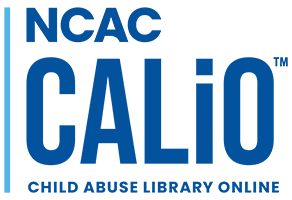Log into CALiO™ or contact the librarians to obtain publications.
Baker, M.., Fessinger, M., McWilliams, K., & Williams, S. (2021). The use of note-taking during forensic interviews: Perceptions and practical recommendations for interviewers. Developmental Child Welfare, 3(1), 20-35. DOI:10.1177/25161032211002187
Cauchi, R. T., & Powell, M. B. (2009). An examination of police officers' notes of interviews with alleged child abuse victims. International Journal of Police Science Management, 11(4), 505-515. DOI:10.1350/ijps.2009.11.4.147
Cauchi, R. T., Powell, M. B., & Hughes-Scholes, C. H. (2010). A controlled analysis of professionals' contemporaneous notes of interviews about alleged child abuse. Child Abuse & Neglect, 34(5), 318-323. DOI:10.1016/j.chiabu.2009.09.016
McGough, L. S. (2002). Good enough for government work: The constitutional duty to preserve forensic interviews of child victims. Law and Contemporary Problems, 65(1), 179-208.
Mueller, P. A., & Oppenheimer, D. M. (2016). Technology and note-taking in the classroom, boardroom, hospital room, and courtroom. Trends in Neuroscience and Education, 5(3), 139-145. DOI:10.1016/j.tine.2016.06.002
Lamb, M. E., Orbach, Y., Sternberg, K. J., Hershkovitz, I., & Horowitz, D. (2000). Accuracy of investigators' verbatim notes of their forensic interviews with alleged child abuse victims. Law & Human Behavior, 24, 699-708. DOI:10.1023/A:1005556404636
Rohrabaugh, M., London, K., & Hall, A. K. (2016). Planning the forensic interview. In W. O'Donohue & M. Fanetti (Eds.), Forensic interviews regarding child sexual abuse. Springer, Cham. DOI:10.1007/978-3-319-21097-1_11
